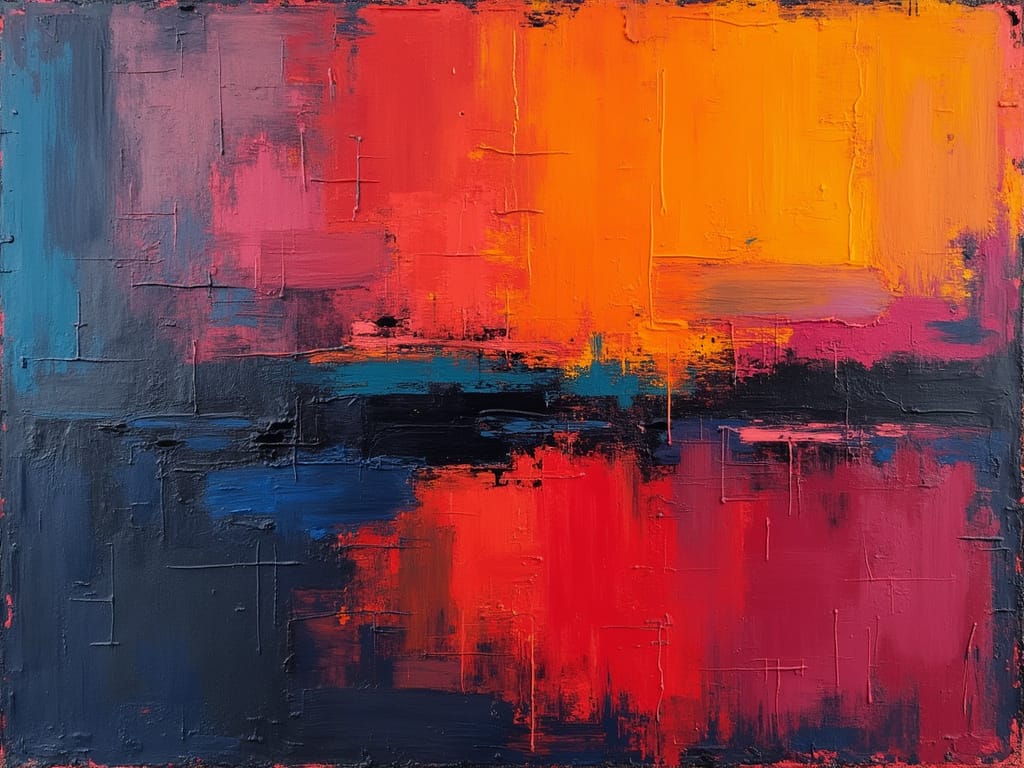Top AI Prompting Tips for Image Generation Models

If a picture is worth a thousand words, then the inverse is also true. Though that might be an exaggeration for a prompt for AI image generation, typically the more descriptive details, the better the resulting image will be.
Top tips for maximizing image accuracy with models like FLUX, DALLE-3, Stable Diffusion, and Ideogram.
- Be specific and descriptive: Provide clear details about what you want to see in the image using straightforward language, without any contradictory or confusing descriptors. Provide enough information to guide the creation process, but avoid overly long or complicated descriptions.
- Order matters: Prioritize important elements by mentioning the most crucial aspects of the image first.
- Use adjectives: Colors, textures, lighting conditions, and mood (e.g., dramatic, serene, nostalgic) all help towards better image accuracy. Include dynamic poses or movements, if needed.
- Provide stylistic categories: Mention artistic styles, techniques, mediums, or inspirations you want to emulate, such as "oil painting," "watercolor," and "photorealistic."
- Reference photography techniques: Mention camera types, film stocks, or digital effects when applicable. Include terms like "high contrast," "soft focus," or "vibrant colors."
- Incorporate symbolism and concepts: Suggest conceptual elements (e.g., lifecycle, coexistence of natural and artificial). Use metaphors or symbolic representations when appropriate.
- Include contextual information and composition: Setting, time of day, atmosphere or weather conditions, layout, perspective (e.g., top-down view, low angle), arrangement of elements (e.g., vertical alignment, centered), and framing all contribute to higher-quality images.
- Use creative combinations: Combine and mix unexpected elements to create a rich, multifaceted image. Balance main subjects with background elements and details.
- Reference specific examples: Refer to artists, art movements, or specific works for inspiration. This can help guide the style and composition.
- Organize information logically: Effective prompt structure can significantly impact the quality of generated images. Avoid ambiguity and complex sentence structures.
- Consider technical aspects: Mention the desired format (e.g., logo, 3D scene, analog photo). Include any specific design elements or techniques (e.g., vector illustration, line art).
- Use proper grammar and punctuation: This can affect how the AI interprets your prompt. For example, make sure to use commas to help separate different elements of the description.
- Leverage multiple models: Jeremiah Harvey, a frequent Hunch user, suggests that you can get great results with FLUX.1 by first feeding a reference image into GPT-4o, having it output a detailed description of the image, then using that description to prompt FLUX.1.
- Iterate and refine: Use the initial results to adjust your prompt and experiment with different phrasings by trying various ways to describe your desired outcome.
Examples of poor vs. good prompts
- Poor prompt: "A cat"
Good prompt: "A fluffy orange tabby cat sitting on a velvet cushion, bathed in warm sunlight streaming through a Victorian window" - Poor prompt: "A sunset and a lake
Good prompt: "A vibrant sunset over a serene lake, with silhouettes of pine trees reflected in the water, painted in watercolor style" - Poor prompt: "A picture of a elderly man"
Good prompt: "A close-up portrait of an elderly man with deep wrinkles, twinkling blue eyes, and a warm smile, photographed in black and white with dramatic lighting"
The effectiveness of prompts can vary between models and even between different versions of the same model. As with all prompting best practices, it's always a good idea to experiment and adapt your approach based on the results you get.

